コラム
落合憲弘
John Sypal
タカザワケンジ
なぎら健壱

One summer evening several years ago in Shinjuku I stepped out of a 7-11 onto a busy sidewalk. To my left I saw a portly, middle-aged and mustached Japanese man with the pace and expression of a rhino. With his gold aviator sunglasses and fabulously garish three-piece purple pinstripe suit and matching fedora he looked like an extra in an 80’s yakuza flick. In one hand he gripped a worn Louis Vuitton briefcase.
Per usual I had a camera around my neck and, after seeing him, a sudden, natural impulse to snap a photo.
And yet, I choked.
I found myself dissuaded by the sorts of statements my mind pulls out at night: worries about flashing a stranger on the street, concerns about his possible line of work(!), concern about a confrontation- and understanding that he might pass by before I could turn on my flash, anyway. (And what was I going to do with the ice cream bar I had in my hand?)
As he grew nearer, a man in a black jacket scurried past my left, brushing my arm. Seeing the compact 35mm compact camera in his hand and I realized that it was photographer Haruto Hoshi.
Hoshi weaved two or three meters ahead of me and, slightly bent forward, stopped right before the purple-suited gentleman. He looked humble and almost apologetic- I couldn’t hear what he said, but his subject, without a trace of concern or caution, paused for a moment. Hoshi put his Ricoh to his eye and snapped off two quick shots. He then gave a slight bow, said thank you, and disappeared into the night. Unperturbed in the least, the pin-striped man proceeded on his way down the sidewalk.
The entire incident took less than three seconds, but the impact of witnessing Hoshi at work- after seeing so many of his pictures on gallery walls over the years remains unforgettable.
It was also humbling. The exchange looked so natural it seemed predetermined. Whether free will or part the Photo Gods’ plan, for Hoshi, it was just another of his countless encounters on a nocturnal prowl through Shinjuku.
What an experience to witness one of these encounters in real life! It was one similar to the hundreds I had seen in his pictures over the years in his many exhibitions at 3rd District Gallery in Shinjuku. Hoshi is a terrifically prolific photographer and yet, comparatively under-published. Thankfully, the lack of Haruto Hoshi photobooks is remedied in part by a new entry in Zen Foto’s ongoing 20x20 photobook series: Shinjuku 1999-2008.
You want authentic street photography? By any metric this is the real deal. The book contains 117 images from nine years of nights and some days in and around Tokyo’s once seedy red-light district of Shinjuku. The pictures, presented here on inky-black pages, were taken on the streets, alleys, in hostess clubs, stoplights, squalid rooms and back alleys. In them are women and cars and old men and more women, students, dogs and trash and all the weird stuff you used to see in Shinjuku, caught by his Nikon FM2 / Richo GR1v on Tri-X film. His pictures– here edited by the legendary Michitaka Ota- collect individuals on the outskirts of society, people who for one reason or another gravitated towards the noisy, grimy cervices of this part of the city.
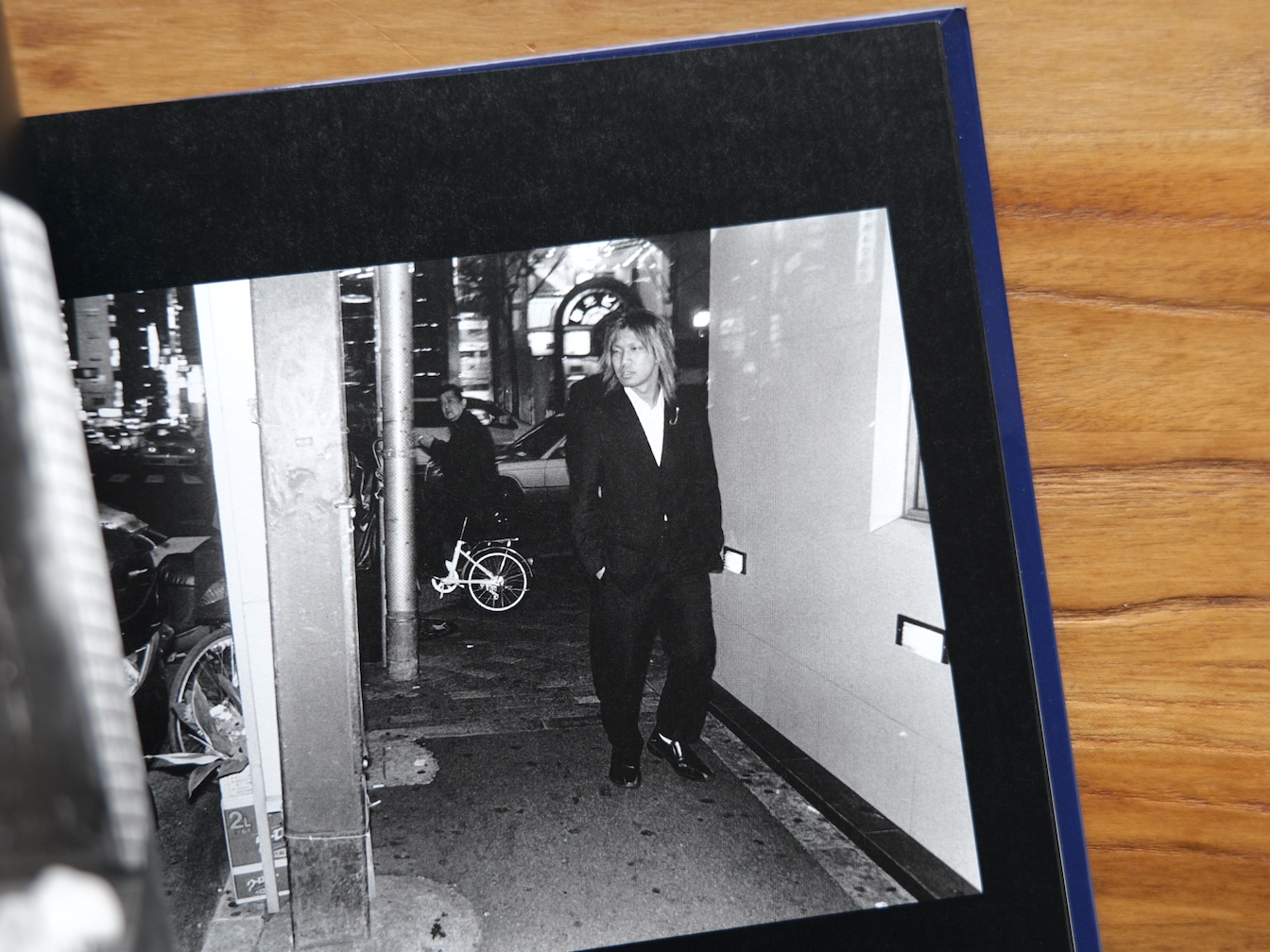
I am very impressed with how its printing so faithfully reproduces the tonal range and “look” of Hoshi’s actual silver gelatin prints. They’re the products of their methods and habits and whims and a million other temporal and physical happenings that occur between The Moment and the final print. In other words, Hoshi’s pictures look like they do because of how he does what he does with what he has- and who he is.
They’re also about who is seen in them. Rather than a socially conscious documentation of the socially and economically marginalized, Hoshi’s pictures have a straightness, a personal authenticity to them that eschews Western empathy for a sense of familiarity. In his afterward Hoshi states that instead of wanting to convey a particular message, he soon discovered that the act of taking a picture could be an antidote to anxiety about life. He adds that Shinjuku once possessed the ability to accept all for who they were. It was here where Hoshi found his photographic world- a place where he belonged.
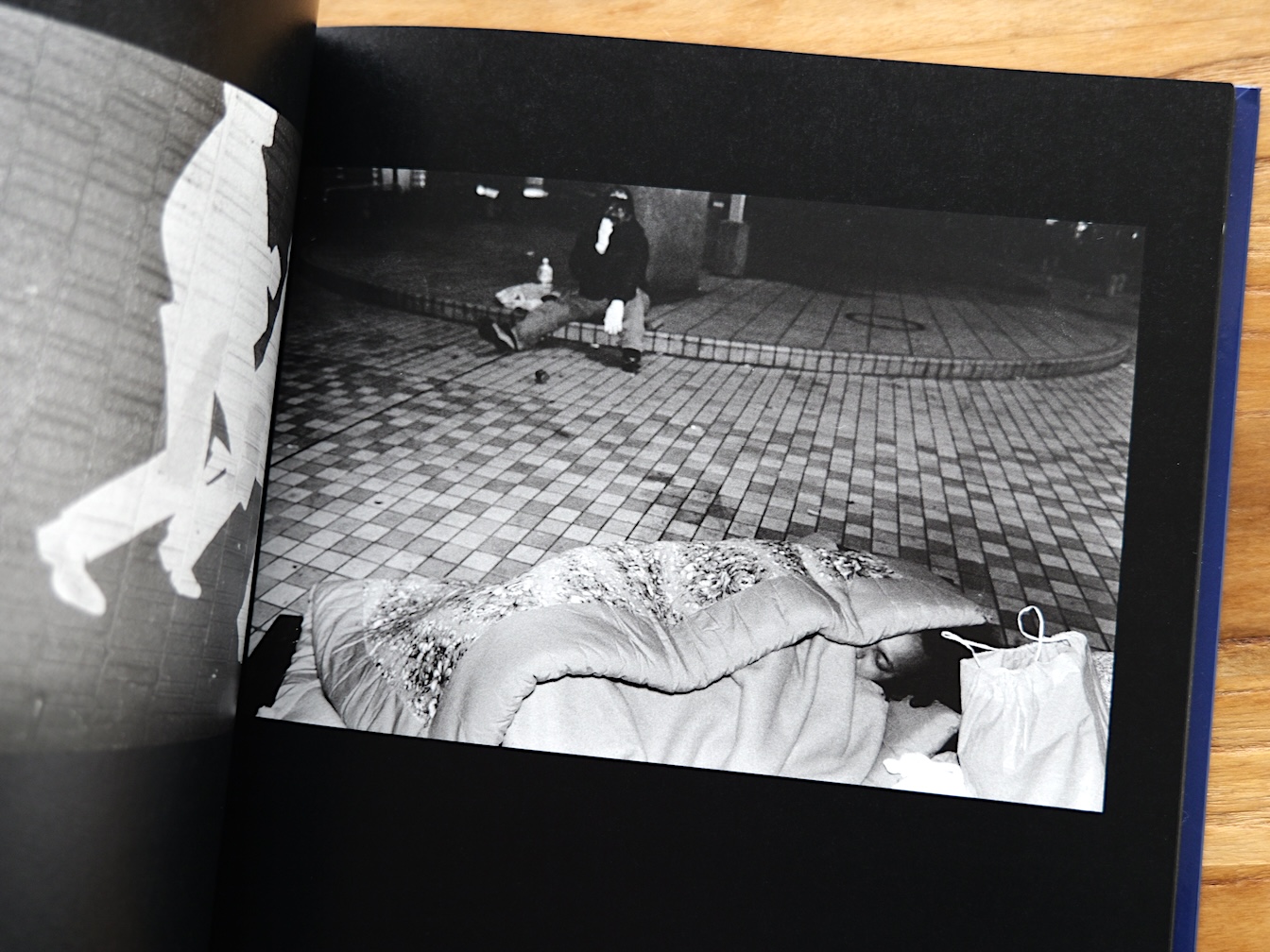
And yet, Tokyo is a city of constant change. The Powers That Be, namely the local government and legitimate business owners of Shinjuku, initiated a major redevelopment plan in 2003. Much has changed, with redevelopment hyper-accelerated from 2013. Unsurprisingly (or as planned?) the sorts of people found in Hoshi’s pictures have been driven from the area. Rather than accepting everyone -particularly the down and out- Shinjuku today welcomes those who blissfully patronize its clean blocks of large corporate chains, cafes, and hotels and shops that have sprung up to satisfy the endless swarms of tourists and their rolling suitcases. Its streets are now likewise frequented by a generation of internet-raised street photographers who, seemingly lacking the instinct or anxiety or a desire for authentic discovery of the area’s previous greats, are drawn to Shinjuku for social media content and YouTube videos. Their encounters with locals seem driven by “likes” and online engagement metrics. So it goes.
Perhaps our cleaned-up, over-touristed, over-onlined present heightens the importance of pictures like Hoshi’s. Still, Shinjuku 1999-2008 is not simply precious as a document of an era, but as the result of an honest and restless roaming for a something which, through thousands of shutter-snaps and fleeting encounters, a collection of work about a particular time and place and individuals that Haruto Hoshi felt compelled- through desire or fate- to preserve in a photograph.
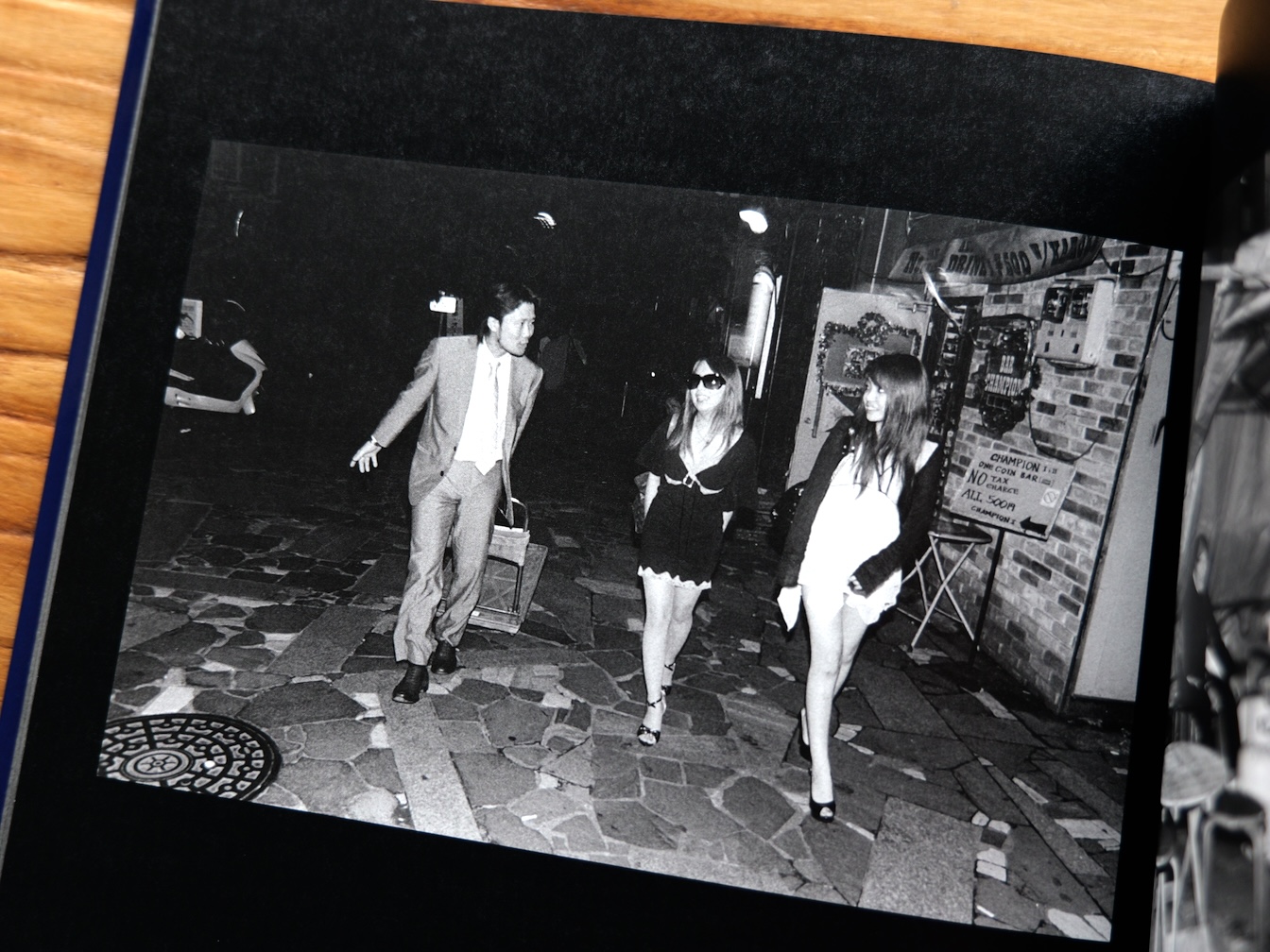
数年前のある夏の夕方、私は新宿のセブンイレブンから人通りの多い歩道に出ました。ふと左を見ると、サイのような歩調と表情の、中年で口ひげを生やした小太りの日本人男性がいました。金色のアビエーター・サングラスをかけ、派手な紫のピンストライプのスリーピース・スーツに揃いのフェドラ帽をかぶった彼は、まるで80年代のヤクザ映画のエキストラのようでした。片手には使い古されたルイ・ヴィトンのブリーフケースを持っていました。
いつものように私はカメラを首から下げていたのですが、彼を見た瞬間、写真を撮りたいという衝動に駆られたものの、躊躇してしまいました。頭にいつもの心配が浮かんだのです。街で見知らぬ人にフラッシュを焚くのはどうなのだろう…、彼の仕事はどんなものだろう…、もし対立したら…、フラッシュを焚く前に彼が通り過ぎてしまうかもしれない…。…その最中、黒いジャケットを着た男性が私の左横を小走りに通り過ぎ、私の腕を擦ったのです。彼の手には35ミリのコンパクトカメラが握られていました。その男性こそ、写真家の星玄人さんです。
星さんは私の2、3メートル前を縫うように進み、少し前かがみになって紫色のスーツを着た紳士の目の前で止まりました。彼が何を言ったのか聞き取ることはできませんでしたが、彼の被写体となった男性は気遣いや警戒心を微塵も感じさせず、しばらくの間立ち止まっていました。星さんはリコーのカメラを目に当て、素早く2枚、写真を撮りました。そして軽くお辞儀をして「ありがとうございました」と言って、夜の街に消えていきました。ピンストライプの男性は平然と歩道を歩いていきました。
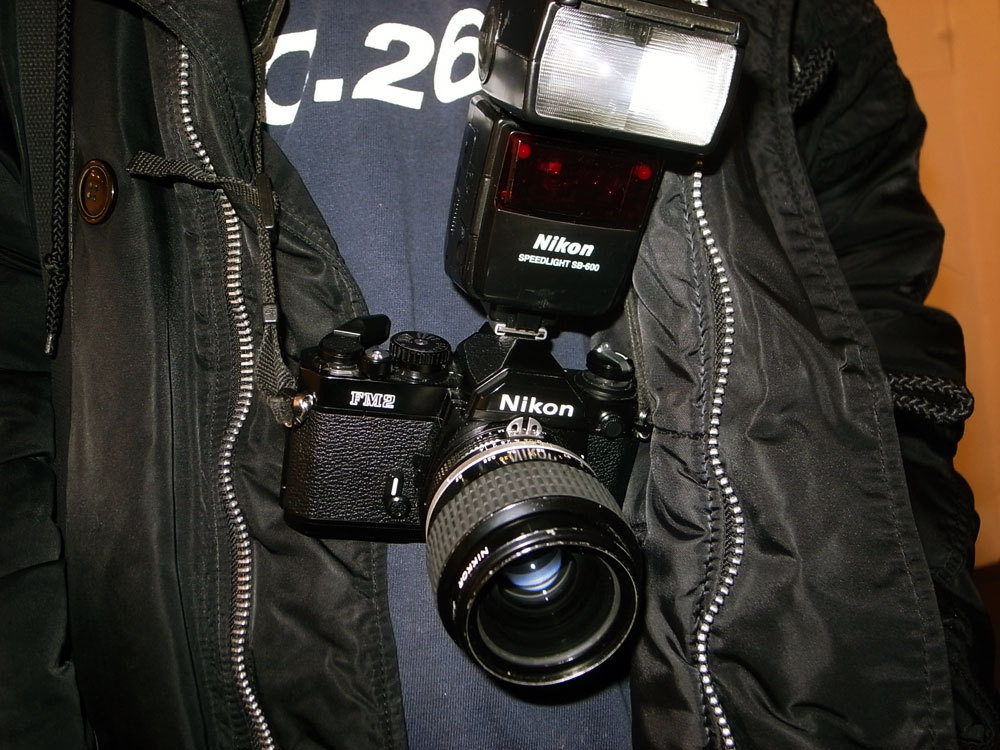
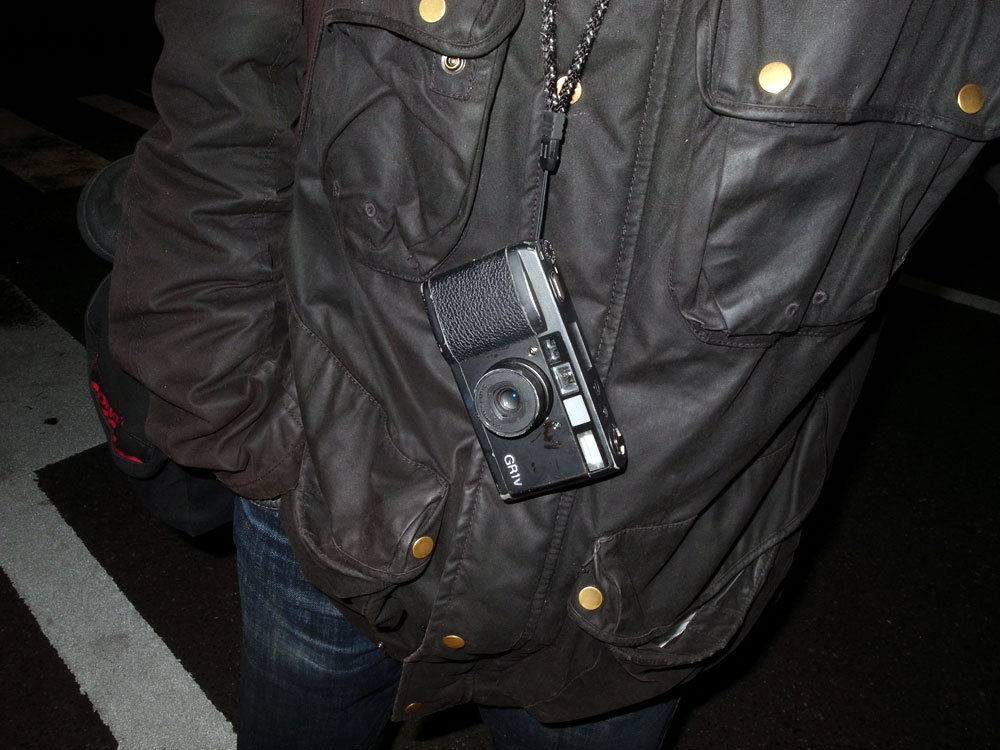
これらすべての出来事は3秒もかかりませんでしたが、ギャラリーの壁に飾られた星さんの写真を何年も見てきただけに、星さんの仕事ぶりを目の当たりにした衝撃は今でも忘れられません。そして同時に、言葉を選ばずに言うなら、屈辱的でもありました。私が目撃したやりとりはとても自然で、決められたことのように思えたのです。自由意志であれ、写真の神々の計画の一部であれ、新宿を夜な夜な徘徊する星さんにとっては数え切れない出会いのひとつに過ぎなかったわけです。
このような出会いを実際に目撃するとは、なんという経験でしょう!それは、新宿のサードディストリクト・ギャラリーで何度も開催された彼の写真展で、何百枚もの写真を見てきたのと同じようなものでした。星玄人さんは非常に多作な写真家ですが、比較的発表は少ないように感じます。ですが今回、Zen Foto「20x20フォトブック」シリーズの新作『新宿 1999-2008』によって、その懸念は払拭されました。

本物の「ストリート写真」とはなんでしょうか。
どのような評価基準で見てみても、星さんの作品は本物だと思えます。この写真集には、かつての東京のいかがわしい歓楽街であった新宿とその周辺で、9年間にわたる夜と昼の写真117枚が収められています。真っ黒なページに収められた写真は、路上、路地、ホステスクラブ、信号待ち、汚部屋、路地裏などで撮られたものです。ニコンFM2とリコーGR1v、コダックトライXで撮影された写真には、女性、車、老人、さらに女性、学生、犬、ゴミなど、新宿で見かけた奇妙なものすべてが写っています。彼の写真は、伝説的な編集者である大田通貴さんによって編集され、社会からはみ出した人々、何らかの理由でこの街の騒々しく薄汚れたサービスに引き寄せられた人々の集積です。
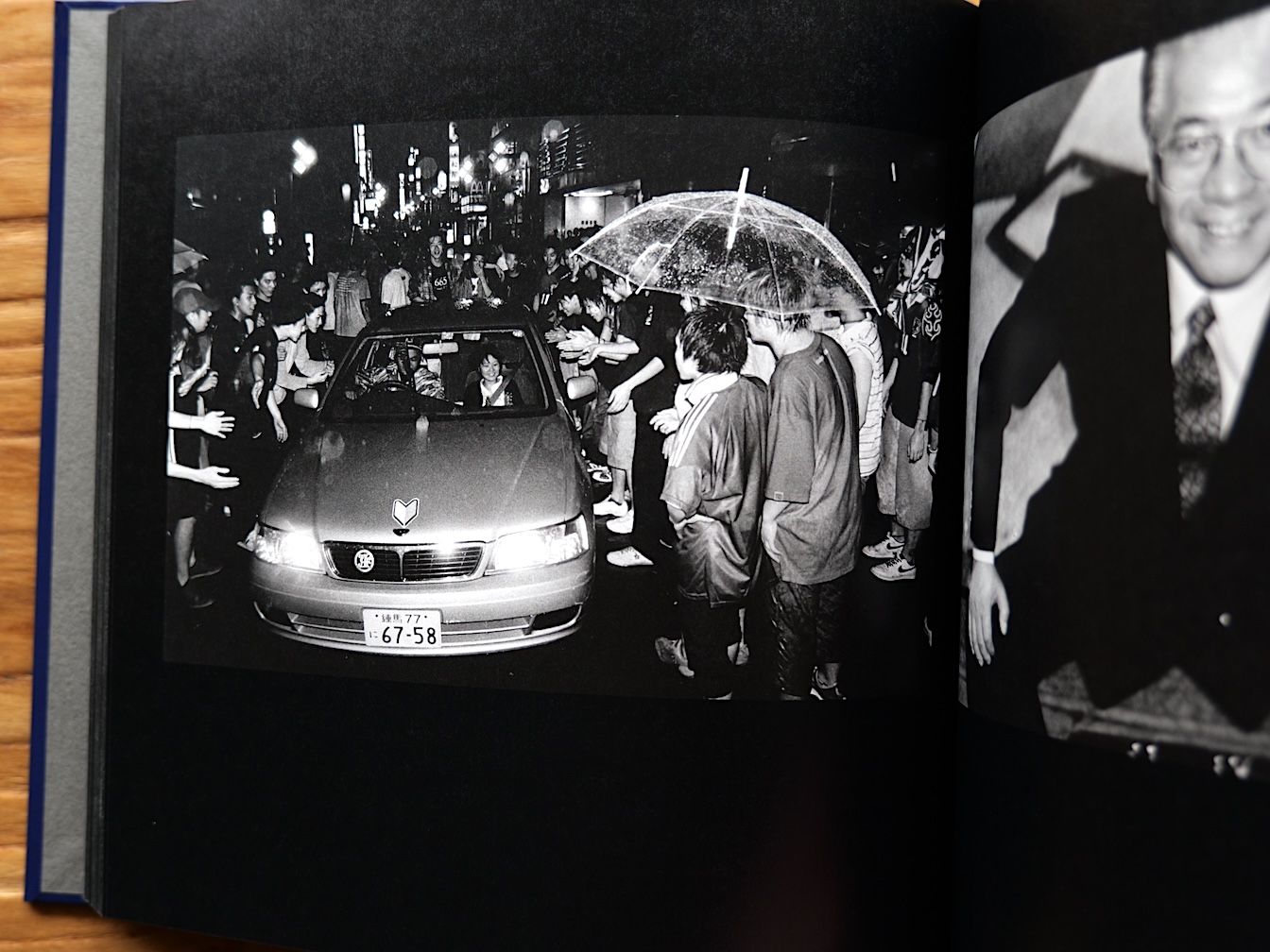
写真集の印刷は、星さん自身によるシルバー・ゼラチン・プリントの色調範囲と「見た目」を非常に忠実に再現していることに非常に感銘を受けました。それは「瞬間」と、最終的なプリントの間に起こる、彼らの方法、習慣、気まぐれ、その他多くの時間的、物理的な出来事の産物なのです。言い換えれば、星さんの写真がそう見えるのは、彼が持っているもの、そして彼という人間をもってどのような行動をとっているからなのか、体現しているためなのです。
この魅力は「そこに誰が写っているか」ということでもあります。社会的、経済的に疎外された人々の社会的意識に基づいた記録というよりも、星さんの写真には、西洋的な親近感を求める共感を排除した、まっすぐで、個人的な信憑性があるのです。
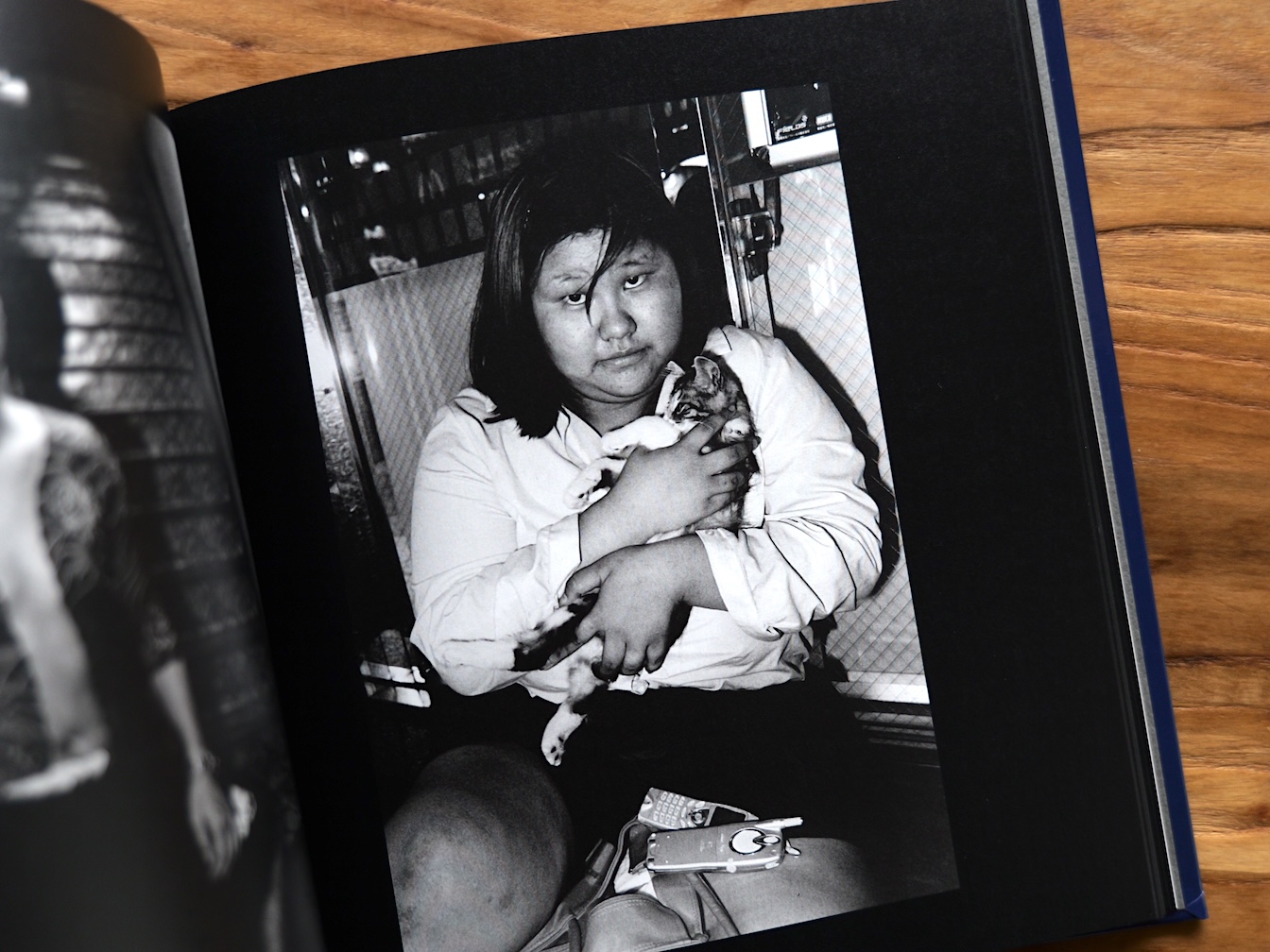
あとがきで星さんは、特定のメッセージを伝えたいのではなく、写真を撮るという行為が人生に対する不安の解毒剤になることをすぐに発見したと述べています。そして、新宿はかつて、すべての人をありのままに受け入れる力を持っていた、と付け加えています。星さんはここで自分の居場所である写真の世界を見つけたのです。
東京は常に変化し続ける都市です。権力者たち、すなわち新宿の自治体と合法的な企業経営者たちは、2003年に大規模な再開発計画を開始しました。2013年からは再開発が超加速し、多くの変化がありました。星さんの写真に写っているような人々はこの地域から追い出されることになりました。新宿は今日、すべての人を受け入れるというより、大企業チェーンによるカフェ、ホテル、ショップが立ち並ぶ清潔な街区を贔屓にする人々を歓迎しています。その通りは今、インターネット育ちのストリートフォトグラファーの世代によって頻繁に利用されています。彼らは、この地域の以前の偉人たちのような本能や不安、本物の発見への欲求というより、SNSやYouTubeのコンテンツとしての新宿に惹きつけられているように見えます。
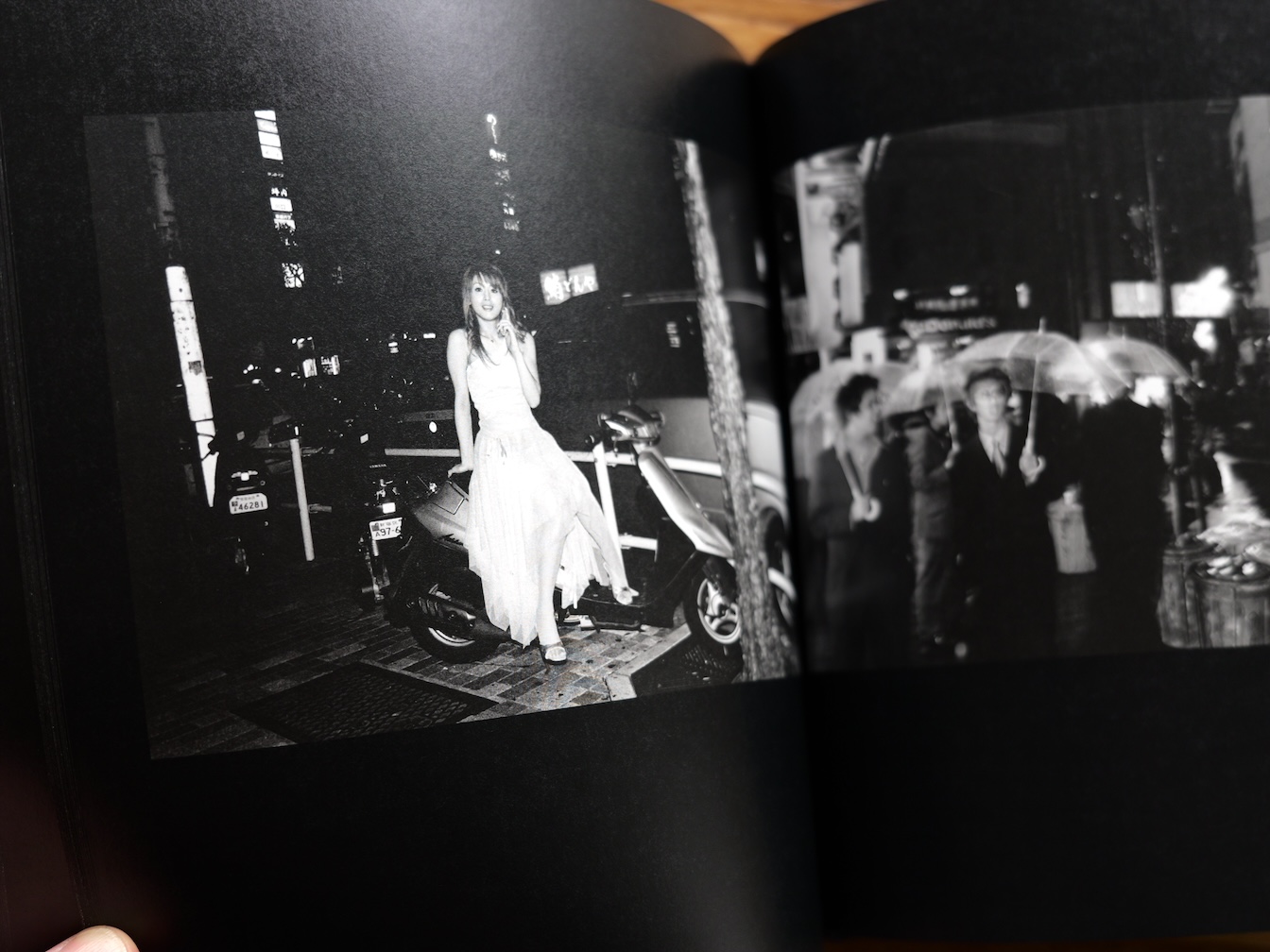
おそらく、清潔に整備され、オーバーツーリズム、オーバーオンラインである現代が、星さんのような写真の重要性を高めているのかもしれません。しかし、写真集『新宿1999-2008』は単に時代の記録として貴重なのではなく、何千ものシャッターを切り、束の間の出会いを通して、星玄人という写真家が欲望や運命によって写真に残さなければならないと感じた、特定の時間や場所、個人についての作品集なのです。
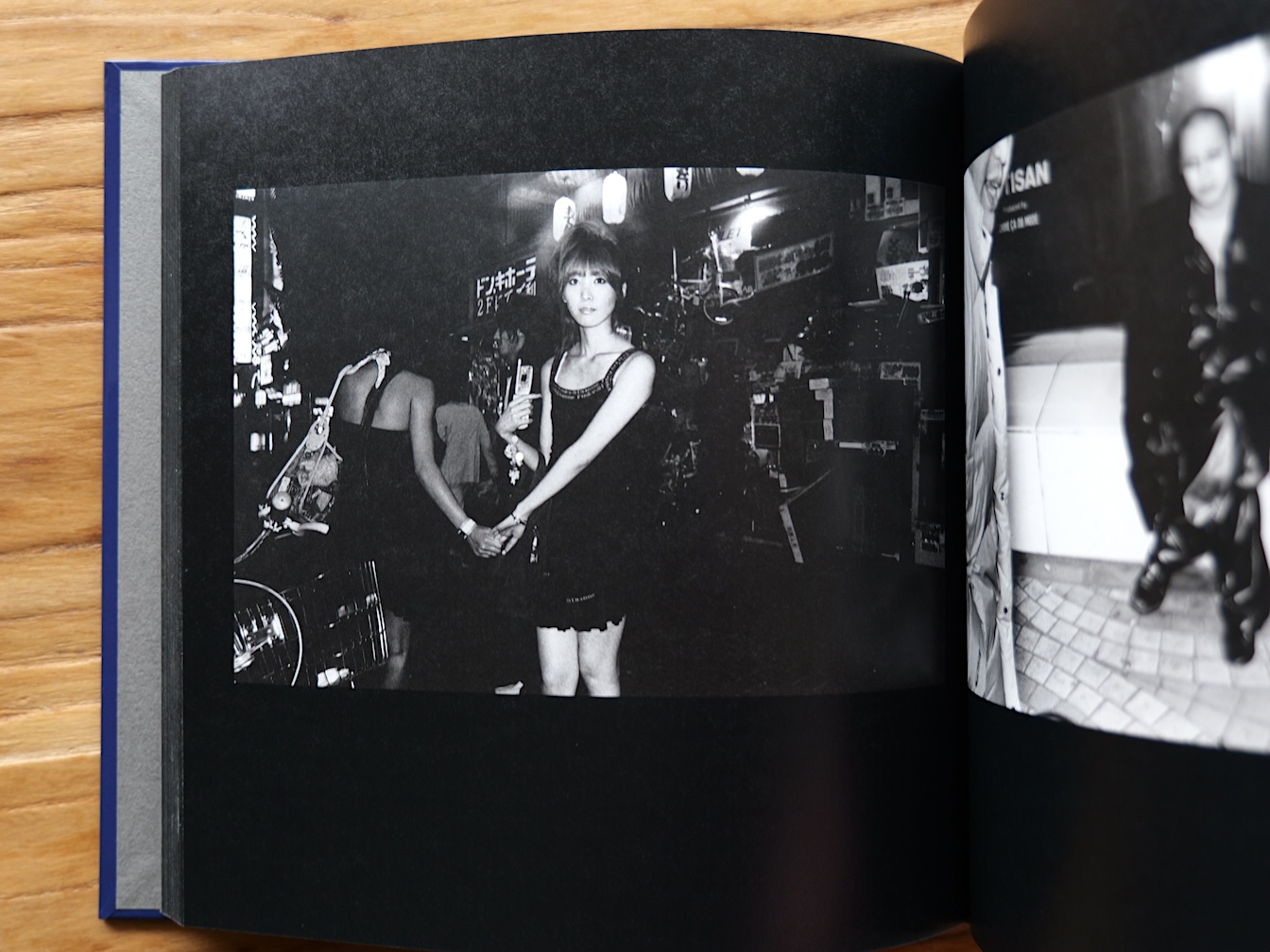
- 星 玄人『新宿 1999-2008』
- 発行年:2024年
- 発行:Zen Foto Gallery
- 仕様:200×200mm、120頁、掲載作品117点、ハードカバー
- 言語:英語、日本語
- エディション:700部
- 価格:4,950円(税込)
- https://www.shashasha.co/jp/book/shinjuku-1999–2008
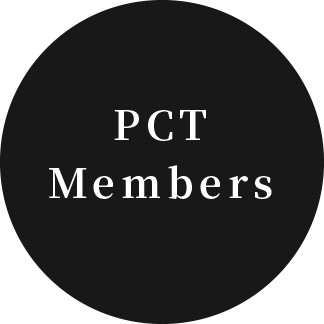
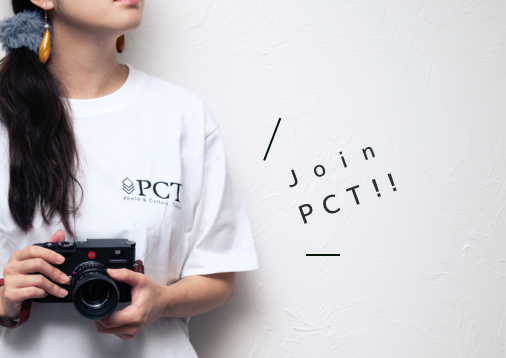
PCT Membersは、Photo & Culture, Tokyoのウェブ会員制度です。
ご登録いただくと、最新の記事更新情報・ニュースをメールマガジンでお届け、また会員限定の読者プレゼントなども実施します。
今後はさらにサービスの拡充をはかり、より魅力的でお得な内容をご提供していく予定です。
 「Photo & Culture, Tokyo」最新の更新情報や、ニュースなどをお届けメールマガジンのお届け
「Photo & Culture, Tokyo」最新の更新情報や、ニュースなどをお届けメールマガジンのお届け 書籍、写真グッズなど会員限定の読者プレゼントを実施会員限定プレゼント
書籍、写真グッズなど会員限定の読者プレゼントを実施会員限定プレゼント